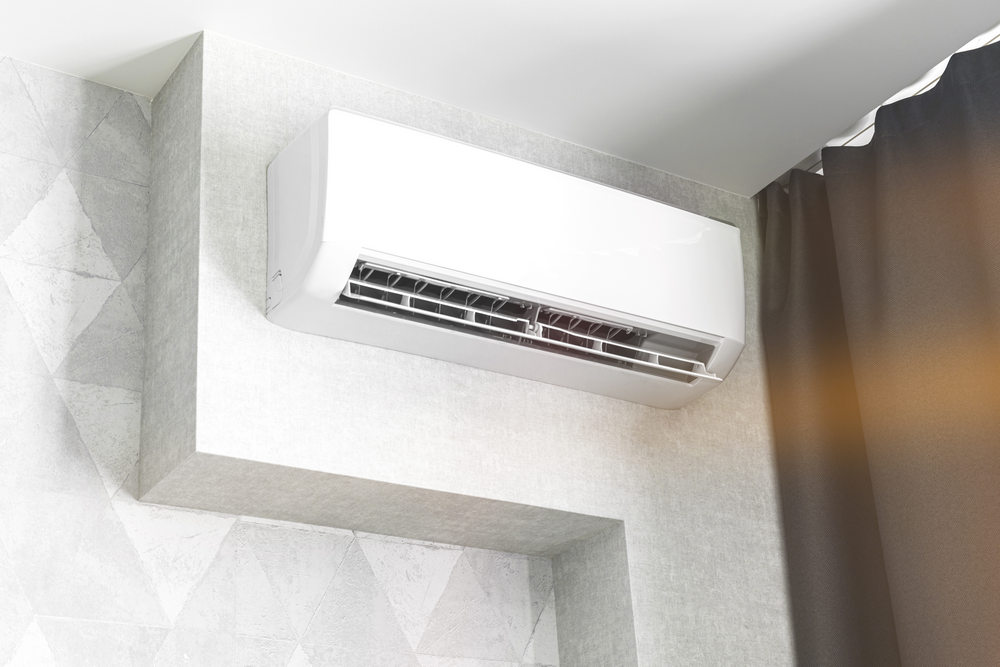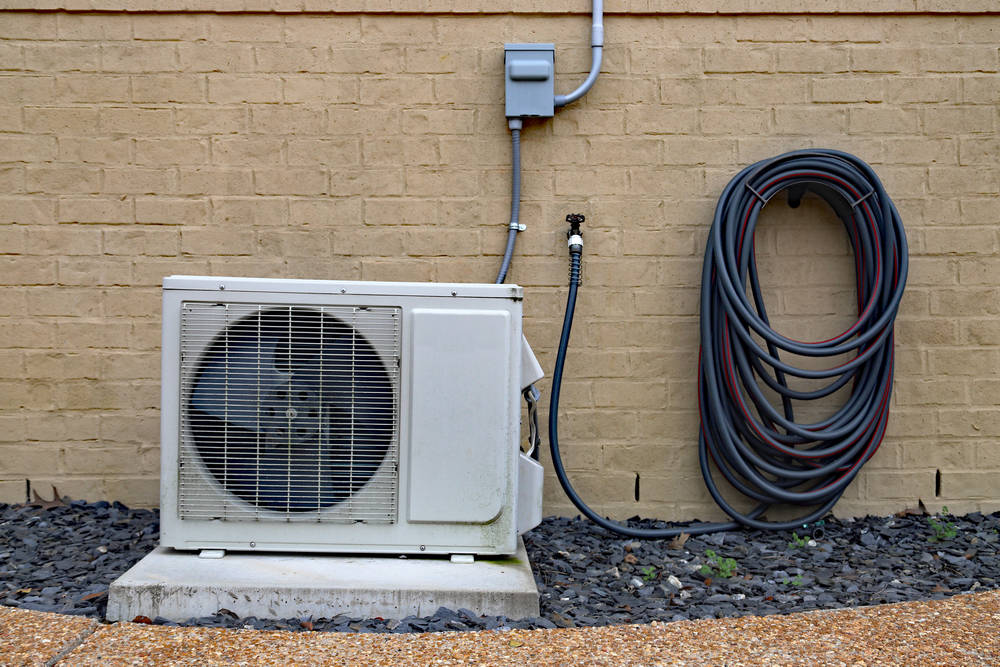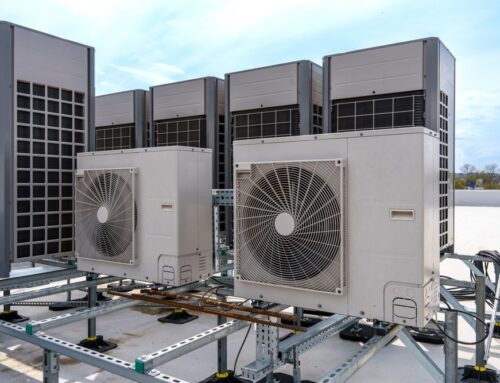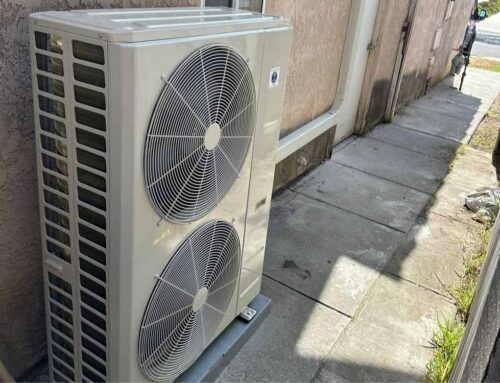A ductless mini split is a heating and cooling system that provides temperature control to a specific room or area of a home or building. Unlike traditional heating and cooling systems, which use ductwork to distribute air throughout a space, a ductless mini split does not require ducts. Instead, it consists of an outdoor unit and one or more indoor units, typically mounted on the wall or ceiling. This article will discuss what to know about ductless mini split systems to help you decide if installing one in your home can benefit you.
Why choose a ductless mini split system?
A mini split offers a cost-effective alternative to a traditional HVAC system. When the system is turned on, the outdoor unit circulates refrigerant to the indoor unit, which is used to cool or heat the air. The fan in the indoor unit then circulates the conditioned air back into the room. Since there are no ducts, the air is delivered directly into the room, making the system more energy-efficient.
Ductless mini splits also take up less space. They are often used in situations where ductwork is not possible or desirable, such as in older homes, additions, or areas with limited space. They are also popular in commercial applications, such as hotels, restaurants, and retail spaces, where individual temperature control is important.
What are the parts of a ductless mini split system?
The air handler, or indoor unit, contains an evaporator coil, fan, and air filters, which circulate conditioned air around a room.
A mini split condenser, or outdoor unit, contains a compressor, fan, and a condenser coil, which circulates refrigerant to the indoor unit(s) and removes heat from the indoor air.
A mini split heat pump, another outdoor unit, combines a condenser and evaporator to provide an additional heating option.
The conduit houses the refrigerant line and necessary wiring connecting the air handler and the condenser/heat pump.
What are the two types of mini split systems?
A single-zone system consists of one outdoor and one indoor unit. It is designed to provide heating and cooling to a single room or area of a home or building. This type of system is ideal for small spaces, such as a single room, garage, or workshop.
A multi-zone system consists of one outdoor unit and multiple indoor units. Each indoor unit can be individually controlled, allowing different temperature settings in different rooms or areas. The main advantage of a multi-zone system is its flexibility and efficiency. Adjusting the temperatures separately can save energy and reduce utility costs.
Where do I install each unit?
Your indoor units should be placed in spaces that require heating and cooling. Your outdoor units go outside but near the indoor unit. You can place your outdoor unit on top of a cement pad or mount it to a wall with a bracket. You cannot install an indoor unit on one end of the house and then place your outdoor unit on the other.
How do you control ductless mini split systems?
There are a few ways to control your mini split systems. Most come with a remote control to adjust the temperature, fan speed, and other settings from across the room. Nowadays, smartphone apps allow you to control your systems from your phone as long as you are connected to the internet. You can also choose to control your system with a wall-mounted thermostat. Lastly, many modern mini split systems can be controlled using voice commands through a smart speaker or other voice-controlled device.
How long do mini split systems last?
Mini split systems typically last an average of 20 years. The outdoor unit typically lasts longer because it is exposed to less wear and tear. Regular maintenance can prolong your system’s lifespan by cleaning or replacing air filters, keeping the outdoor unit clear of debris, and scheduling annual professional maintenance checks. It is also important to use the system efficiently, avoiding excessive use or setting the temperature too low or too high, as this can put unnecessary strain on the system and reduce its lifespan.
Can I replace just one unit or the other?
Yes, but HVAC professionals do not recommend replacing only one or the other. To get the best out of your system, replacing your indoor and outdoor unit(s) simultaneously is better. The air handler is designed to work with its designated condenser/heat pump. Replacing one and not the other may compromise the efficiency of the units, leading to malfunctions and having to spend more on repairs in the long term.
Can I install a mini split system myself?
While it is technically possible for a homeowner to install a mini split system themselves, it is generally not recommended. Mini split systems require specialized knowledge and equipment for proper installation, and if installed incorrectly, they can be dangerous and inefficient. Installing a mini split system involves running refrigerant lines, electrical wiring, and drain lines through walls and ceilings. It also involves correctly mounting and sealing the indoor and outdoor units. If any of these steps are not done correctly, it can result in leaks, poor performance, or even electrical hazards. You’ll want to hire a licensed HVAC professional like Atlas HVAC, Inc. to install your mini split system.
If you need help deciding whether a mini-split system is right for you, contact our experts at Atlas HVAC, Inc. We have the knowledge, training, and equipment to ensure your installation is done safely and correctly. Contact us today to discuss our mini split options and their installation process. Call (877) 452-8527 or click here to request a FREE quote!






